All those who were born before 1970 or more than 50 years ago will just be able to remember it. The telephone booth at the roadside, the telephone with the dial in the living room, the telegram for urgent, important messages, cooking with gas, the mechanical typewriter for writing customer letters and bills. All of this ran without electricity or with low power consumption, as there was a maximum of one analogue telephone per household and not one smartphone per household member.
In today‘s world, everything is becoming electric. More and more objects are electrically powered, electronically controlled, and interconnected. Without electricity, there is no automation, no digitalisation, no electromobility, no air conditioning and no building management. In this context, the introduction of electric cars and heat pumps is also driving up electricity consumption. The German Federal Ministry for the Environment, Nature Conservation, Building and Nuclear Safety (BMU), for example, estimates the electricity demand of a fully electrified German passenger car fleet of 45 million vehicles at around 100 terawatt hours (TWh). This corresponds to one sixth of Germany‘s annual electricity consumption.
The power supply is changing
The finite nature of fossil resources, climate protection and the need to operate sustainably require the expansion of electrical energy supply from renewable energy sources such as wind and sun. However, these volatile energy sources present us with the challenge of making the energy produced, with its strong temporal fluctuations and lack of predictability, available to electricity consumers at the right time and balancing out the fluctuations.
The climate protection programme of the Federal Republic of Germany envisages a 65% share of renewable energy sources in gross electricity consumption by 2030 and considers this target as an essential prerequisite for the success of the energy transition.
The EU has set itself the goal of achieving climate neutrality by 2050. In the area of mobility, according to the EU Commission, this goal can only be achieved if at least 30 million electric vehicles are on European roads by 2030. In order to achieve these goals at European and national level, a range of technologies and new approaches will be required.
A high-level of European energy self-sufficiency can be achieved with renewable energy sources
The member countries of the European Union have comparatively few natural resources for fossil energy sources, which have therefore had to be imported up to now. Thus, the expansion of renewable energy sources will also ensure Europe‘s increasing energy independence through further diversification of the energy supply and thus offer increased security of supply.
And this is precisely where energy storage systems play a key role in the energy supply of both today and tomorrow:
Energy storage systems guarantee greater grid stability for power generation
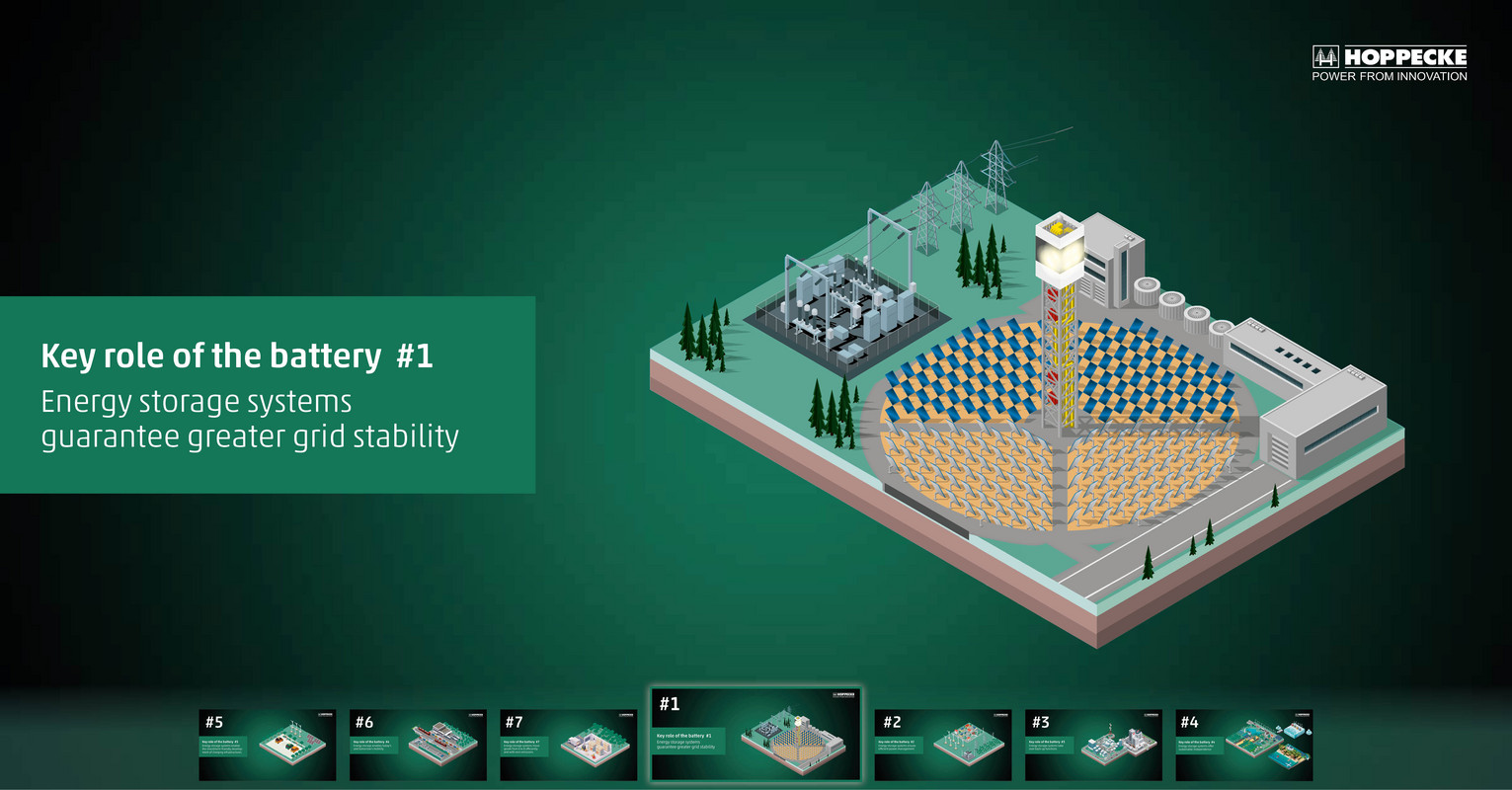
As early as the power generation stage, battery park systems can be used by temporarily storing surplus energy from renewable energy sources at times of low load and feeding it into the grid at a later point in time when demand increases. In this way, throttling of energy production can be avoided, more stable energy production can be ensured, and the unavoidable volatile characteristics of renewable energy sources can be compensated for. The use of batteries results in greater grid stability and better integration of renewable energy sources in the electricity mix in favour of the energy transition.
Product: INTILION | scalecube
They help to stabilize the transmission and distribution grids for more flexibility and lower infrastructure costs
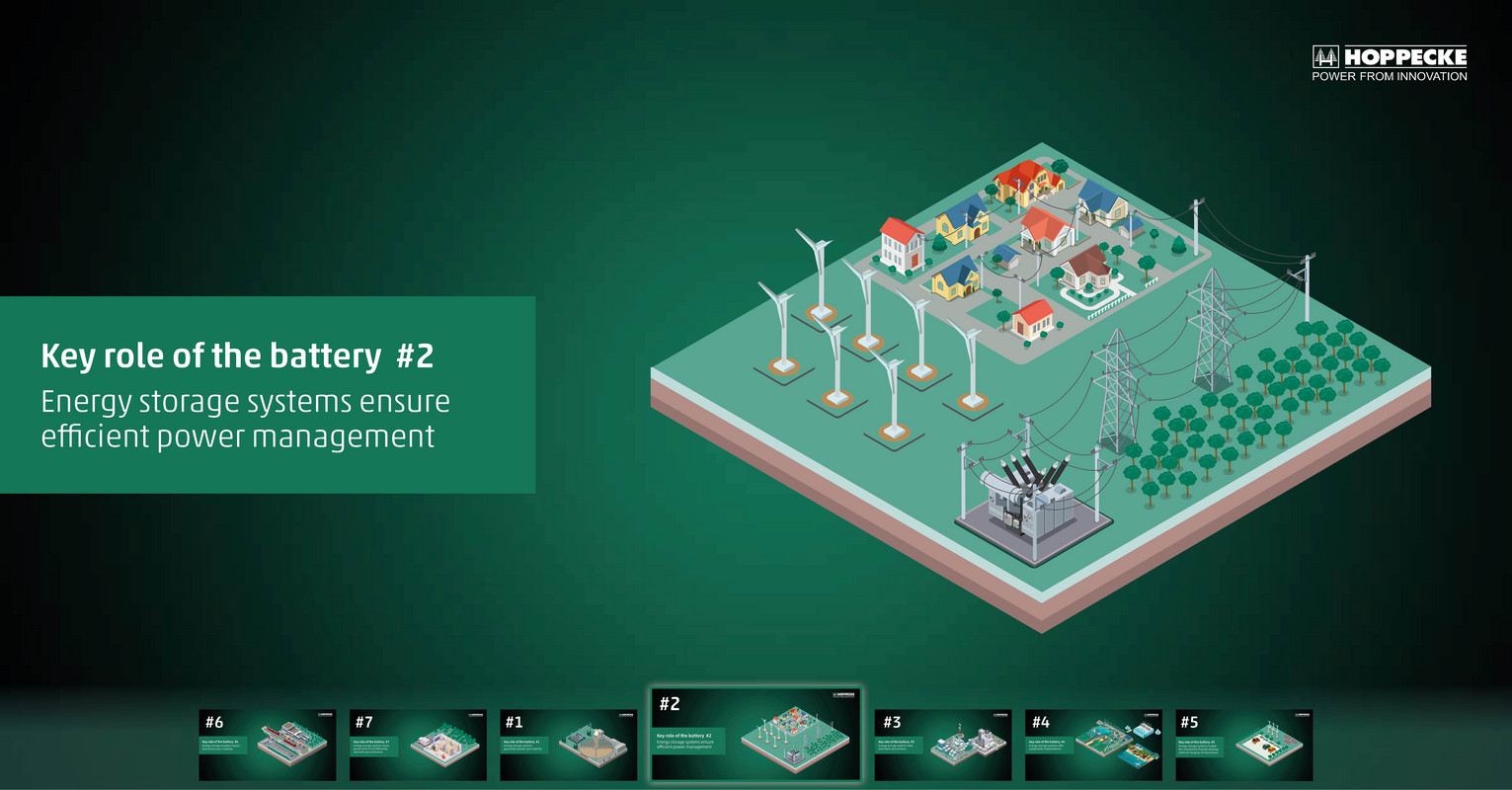
In the transmission and distribution grids, batteries also contribute to increasing the flexibility and stabilisation of the electricity grid. In regions with highly fluctuating electricity demand, they support electricity management by helping to cover peak loads and increase transmission and distribution capacity flexibly and quickly, thus providing balancing power. This means that in extreme cases, load shedding and local and areawide power outages can be avoided in the event of transmission and distribution grid overloads. In addition, investments for line expansion or new construction, as well as planning and construction times, can be significantly lowered or reduced with the help of decentralised solutions that are realised with energy storage systems.
Product: INTILION | scalebloc
They protect against fluctuations in frequency and power cuts
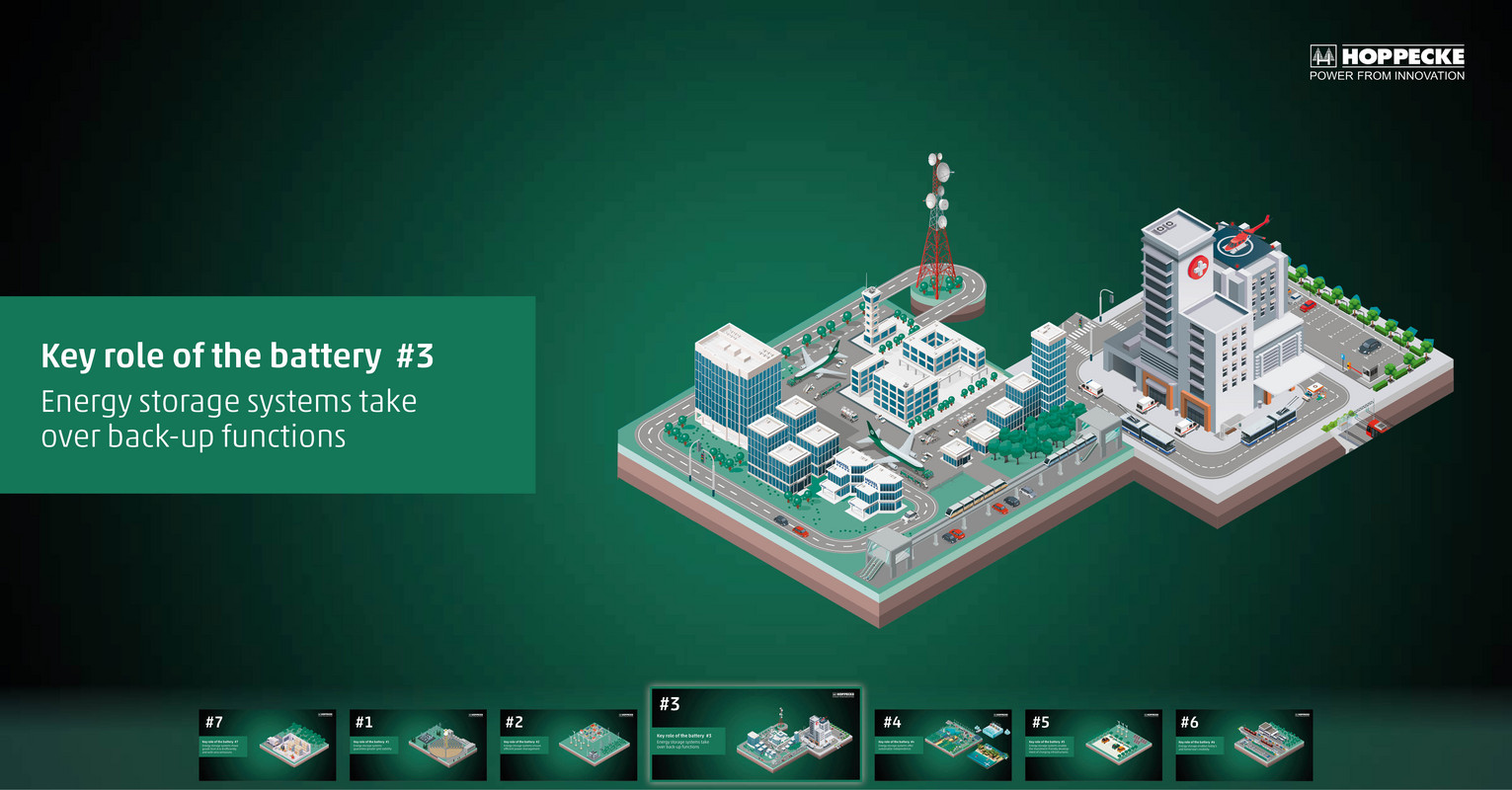
Batteries are also used as backup systems in UPS systems (uninterruptible power supply) to provide emergency power in the event of power failure. If there is a grid interruption, energy is provided without interruption from the back-up batteries. In this way, batteries help to protect human lives in the event of a power cut, e.g. in operating theatres, to ensure that data are not lost, that machines do not have to be reprogrammed and calibrated, and much more.
Product: grid | Xtreme VR
They ensure more independence in one’s own electricity generation
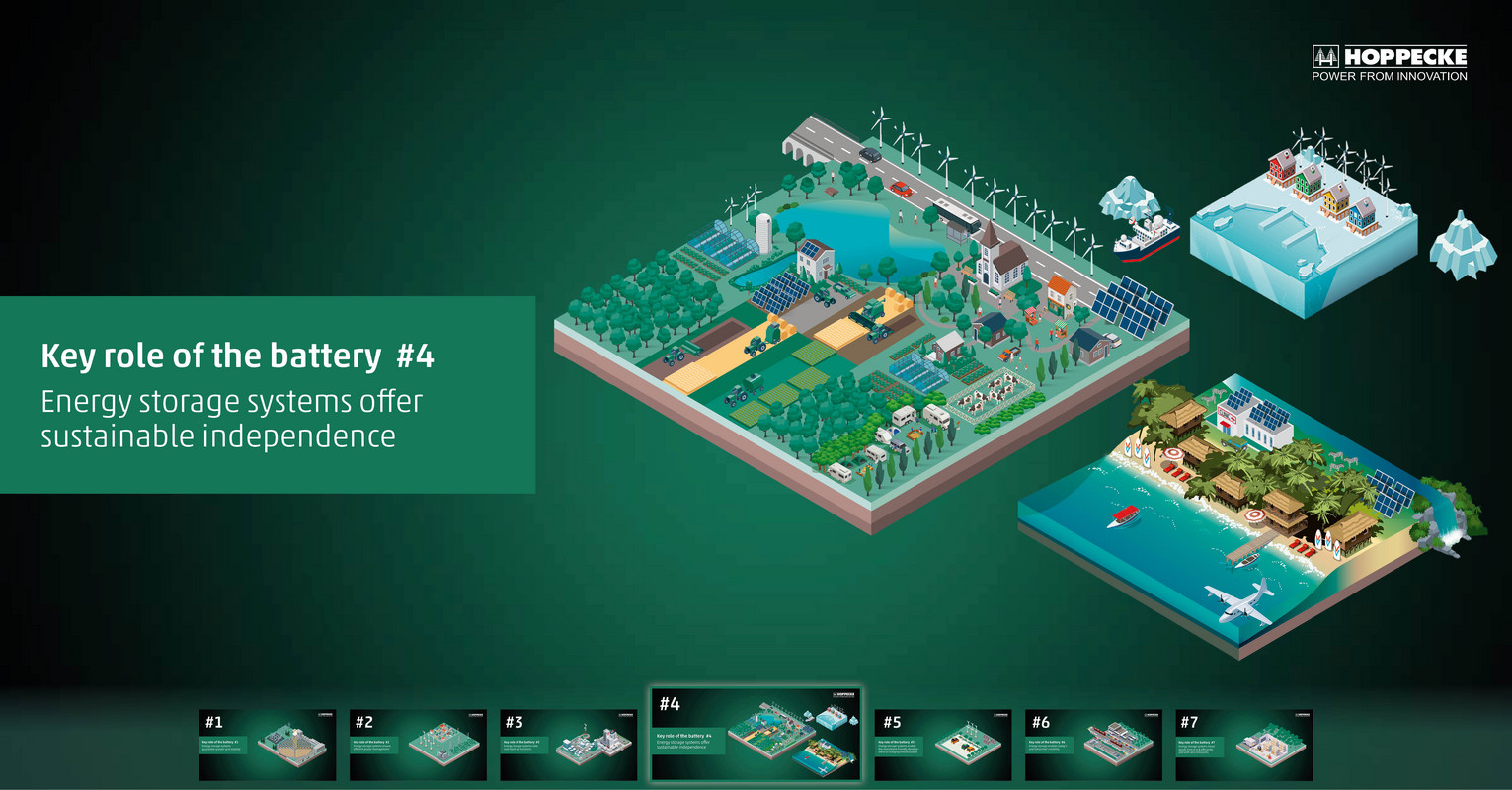
Thanks to photovoltaic systems with solar power storage, industry and households can increase the amount of electricity they produce themselves and increase their independence from the electricity provider, as the amount of electricity they draw from the public grid can be greatly reduced. Even in off-grid regions, batteries contribute to climate-friendly and sustainable power generation. During the day, they temporarily store the surplus solar energy and feed it in at night or on days with little sunshine for the 24/7 electricity supply of villages, schools, and hospitals.
Product: sun|power VR L and sun |power VL
They make electromobility possible
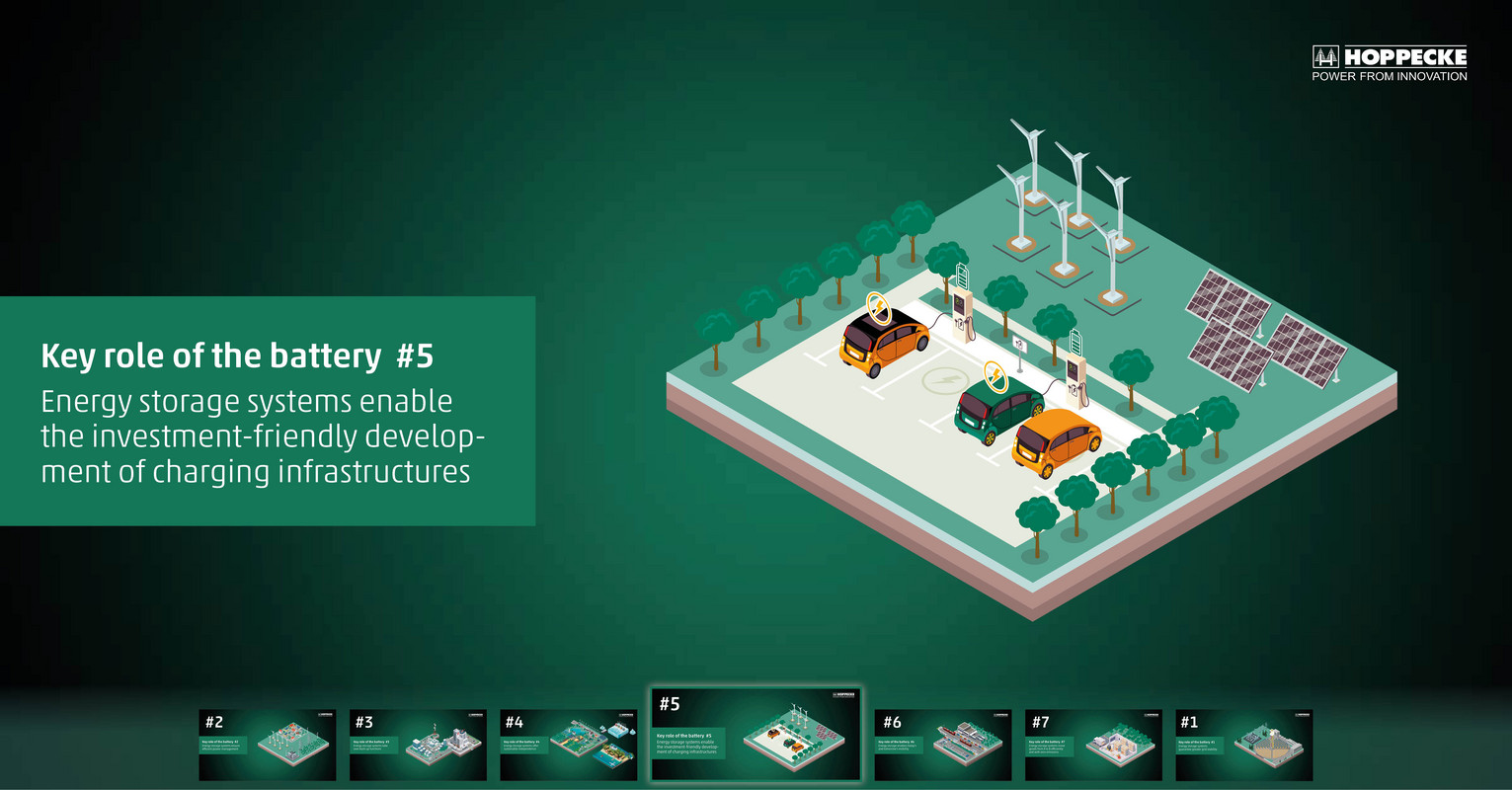
On the road, batteries are multi-talented. In the vehicle, they start the engine, supply the onboard electronics with power, take over the startstop functionality and, last but not least, the lighting. In plug-in hybrids and fully electric vehicles, they are either an additional or the only source of energy for the drive. Today and in the future, politicians and carmakers are focusing on electric drives to reduce greenhouse gases and achieve climate protection goals. Industrial battery storage systems also play an important role in infrastructure and expansion of the charging station network. They provide high charging power on site and enable the simultaneous grid-friendly charging of several electric cars. They help to avoid load peaks at the grid connection points. This, in turn, reduces investment costs for charging infrastructure, and solar or wind energy can also be temporarily stored.
Product: INTILION | scalebloc
They guarantee safe rail transport for the benefit of the climate
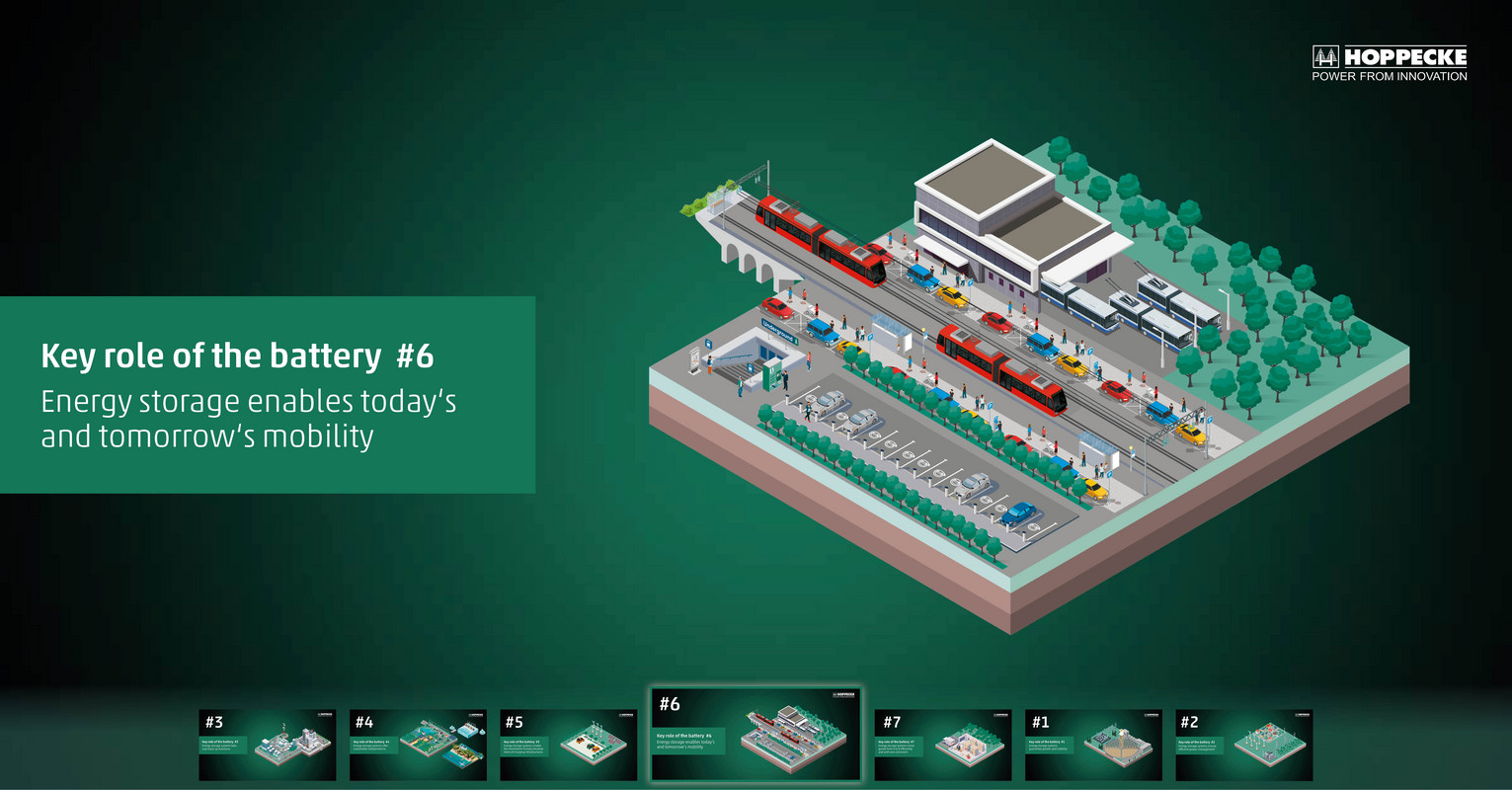
On the rail, energy storage systems ensure that you can travel safely and comfortably by train by supplying the on-board network (control and display panels, lighting, and air-conditioning systems) with power for operation and safeguarding it in case of emergency. In the event of an emergency, they ensure that doors can be opened, the air conditioning and the safety lighting function. In addition, energy storage systems also serve as an additional or sole source of energy for powering trains, locomotives, metros, and trams. In this area of application, they enable the design of today‘s and tomorrow‘s mobility.
Product: rail | power
They power vehicles, machines and equipment for healthy workplaces
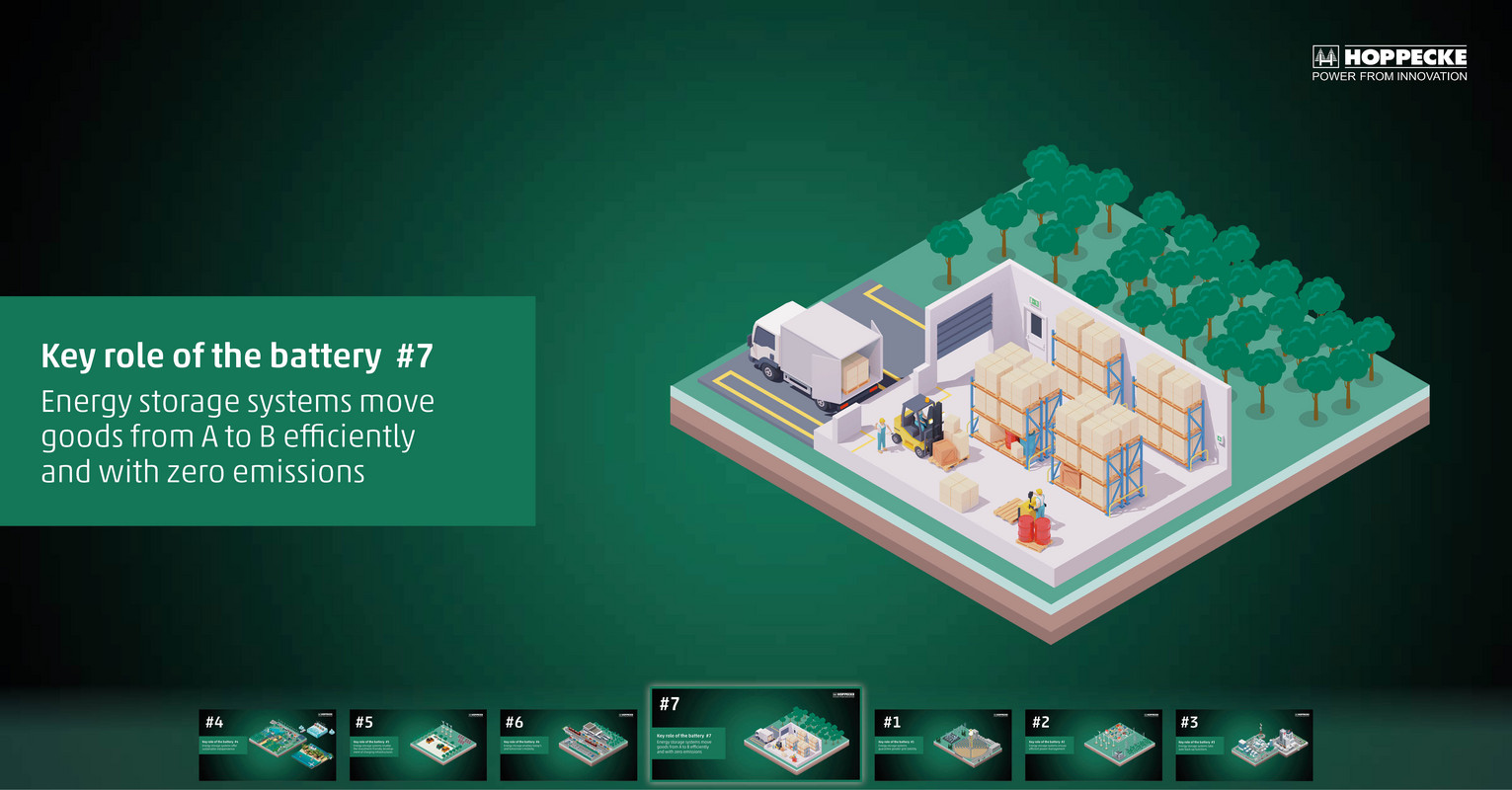
In the industrial environment, traction batteries provide energy for the emission-free and efficient electric drive of equipment, machines and vehicles. By avoiding CO2 emissions and noise, they ensure safe and healthy workplaces for people as well as dust particle-free environments for goods and production processes.
Product: trak | uplift
Overall, these application examples highlight the key role of energy storage in our supply of electrical energy. The use and application areas of batteries are as diverse as the challenges of supplying society and the economy with electricity in a climate-friendly way. And new usage options are being added all the time, in electromobility, energy transition and digitalisation.
Our vision
„Enabling electric power for everyone and everywhere!“ – That’s our vision in this environment where everything is going electric. With our current focus, we provide electrical energy for industrial applications in any desired quantity, at any time and in the place where the energy is needed. Our vision is the translation of our holistic responsibility. It is derived from our corporate principle „We are responsible for the careful use of the resources entrusted to us - people, capital, time, the environment and raw materials - taking account social aspects and promoting environmentally friendly processes, techniques and products“.
We are convinced that the availability and safeguarding of electricity is one of the most important social requirements and at the same time challenges of our time. We are proud of the contribution we are making today and tomorrow to progress and ultimately to the benefit of society. After all, energy storage systems are the backbone of the energy transition, of electromobility, and of digitalisation and automation.